Stop at any kitschy tourist trap in eastern Pennsylvania and you are likely to see, among the Amish-theme knick-knacks and souveniers, decorative plates or coasters decorated with hex signs.
❓ What Are Hex Signs?
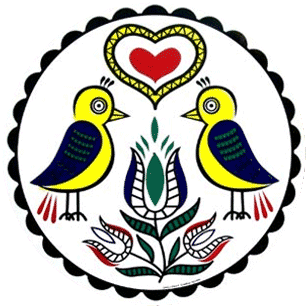
Hex signs are a form of Pennsylvania Dutch folk art, often associated with the Pennsylvania Dutch community, which includes the Amish. While hex signs are commonly found in Pennsylvania Dutch areas, not all Amish communities use them. The acceptance and use of hex signs can vary among different Amish groups and individual families. Some may see them as decorative elements, while others may avoid them due to religious beliefs or cultural traditions. So, while some Amish may use hex signs, it's not universal across all Amish communities
A clarification that often bears repeating: many/most Amish consider themselves Pennsylvania Dutch, but not all Pennsylvania Dutch are Amish. Pennsylvania Dutch is a broad "umbrella term" which can include Lutheran, Moravians, Catholics, Anabaptists and other religions represented by the broad migration of Germans to Pennsylvania in the 1700s and 1800s. The term Dutch comes from the misappropriation of the term deutsch, meaning German. A college professor who studies the Pennsylvania Dutch once told me the correct term should actually be "Pennsylvania German," a term which has come into wider use. All of this brings me to back to "hex signs", colorful symbols painted on period barns found in parts of Pennsylvania.
📋 Hunting For Hex Signs
When I was younger and first studying the Amish, hex signs were sometimes . But the Amish association with hex signs historically is likely minimal. Hex signs do, however, decorate barns throughout Pennsylvania Dutch country, their meanings most often lost to time.
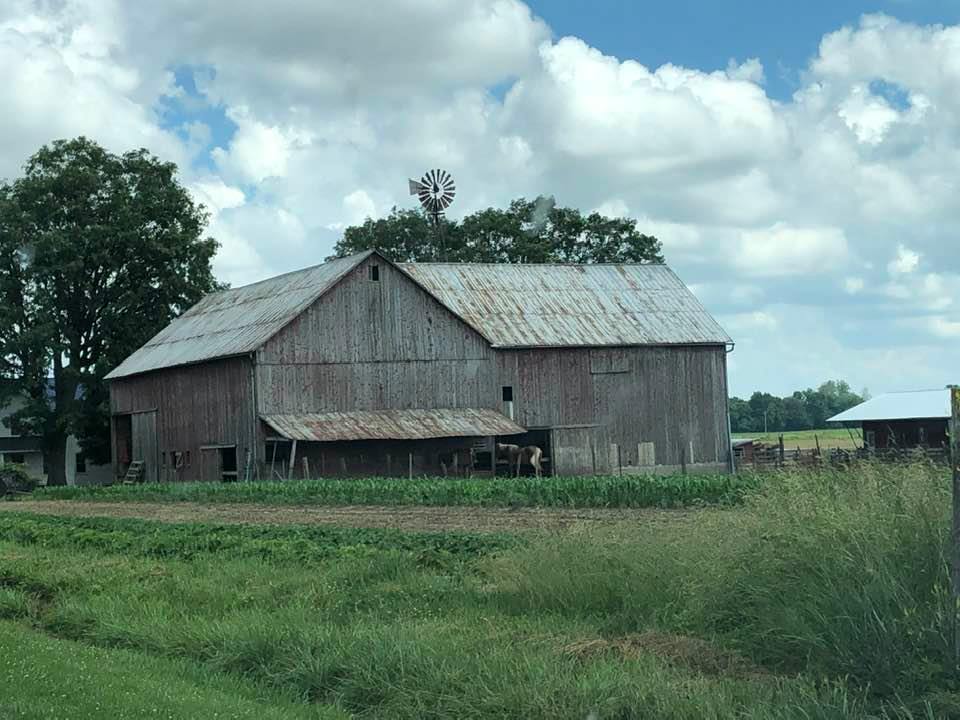
A Washington Post article in 2008 clarified the distance that the Amish keep from hex signs:
Amish barns typically are white and trimmed with green. They display no "fancy" decoration, said Patrick J. Donmoyer, a student at Kutztown University majoring in art and minoring in Pennsylvania German Studies. His honors project this summer involves cataloguing all the barns with hex signs in Berks County.
Pennsylvania Dutch barns are usually red, owing to the low price and easy availability of the pigment just after the Civil War, said artist Eric Claypoole, who learned to paint hex signs by watching his father.
🐓 Hex Sign Meanings
Hex signs incorporate some common symbols and these symbols have meaning. Here are some:
An Eagle: strength and courage
Rosette: The rosette design is a symbol for luck and the scalloped border symbolizes smooth sailing.
Roosters, hearts, and Pennsylvania Dutch sayings are also commonly found on hex signs.
🪄 Why Does The Hex Sign and the Amish Myth Continue?
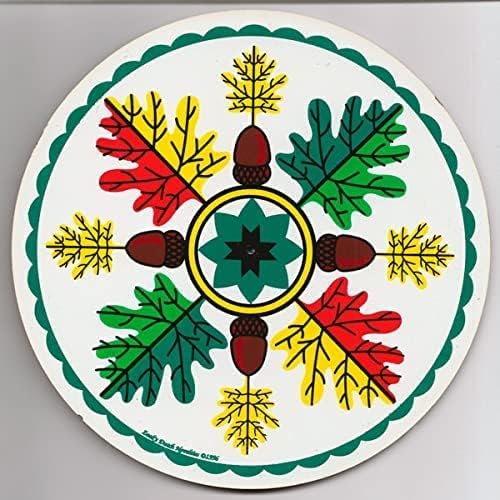
Still the myth and association of the Amish with hex signs continues and will probably endure. There are vague associations with the Amish and magic or the Amish and witchcraft. The associations are generally false, but they endure for several reasons:
- The geographic overlap between other Pennsylvania Dutch and the Amish, they all just get lumped.
- Some Amish do practice folk medicine and then sometimes gets conflated with magic and witchcraft.
- A lot of people don't understand the Amish and when people don't understand something they can imbue it with all sorts of inaccuracies and symbolism.
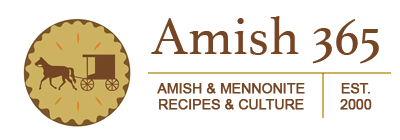


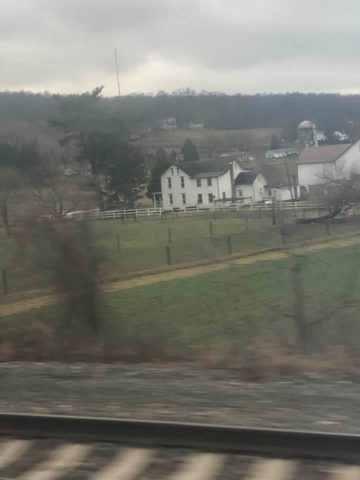

Karen Ruppel
My mother was Pennsylvania German. her family came to Pa with Wm Penn. She taught art and was the first of family to leave Pa.Our house always had Hex signs on doors, walls, etc. I have them in my kitchen. they remind me of my family .